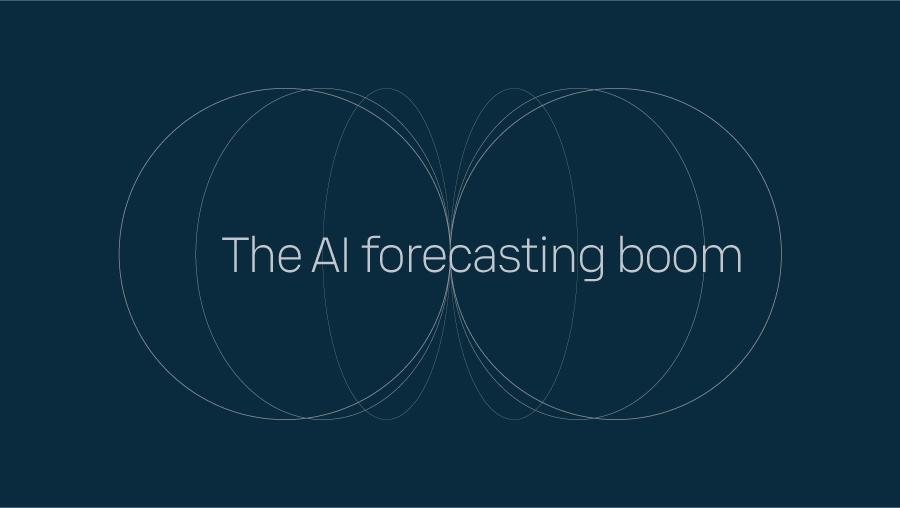AI is not a replacement for traditional forecasting, but an additional tool in a much larger toolbox.
In my last piece, I broke down the surge of AI-driven weather forecasting—what’s hype, what’s real, and what to look out for. I ended with an important caveat: the risk of “bad mojo”—unreliable forecasts that create more problems than solutions. So, let’s dig a little deeper into that.
Think: unreliable model outputs. Overpromised accuracy. Black-box predictions with no interpretability. These aren’t just minor inconveniences—they’re the kind of issues that can lead to poor decisions, missed opportunities, and a loss of trust in the very tools designed to help.
At Xweather, we’ve made it our business to steer clear of that kind of mojo. And we’ve built a team uniquely equipped to do exactly that.
Tradecraft: A necessary foundation
At Xweather, many of us come from meteorology and atmospheric science backgrounds. That expertise grounds our approach, especially as AI tools become more powerful and accessible. We see AI not as a replacement for traditional forecasting but as an additional tool in a much larger toolbox.
Most end users don’t care whether their forecast came from a physics simulation or an AI algorithm - they care that it helped them make a better decision, faster and with less friction. That’s where we add real value: applying meteorological insight to influence better user behavior. That kind of applied expertise sits a level above any one model type, whether traditional or AI-driven.
And it’s precisely this mindset that lets us work effectively with both types of models. We ought to avoid the trap of looking at every problem as only solvable by one approach.
Our ensemble strategy: Built for trust and resilience
Let’s take a look at the known single-model deficiencies—and how our ensemble approach directly addresses them, delivering key benefits to both us and our users:
Here’s how we approach model blending—and why it makes a difference:
We’re model-agnostic. Whether it’s an in-house system or a third-party provider, we’re not reliant on a single source for raw input. If WCOSS or NOAA run into firewall issues, if ECMWF experiences a power outage, or if some other public agency or private sector modeling group has a hiccup, it doesn’t stop us.
We identify weaknesses statistically. Even the best models have blind spots, and no single weather model performs best across all places, times, and lead times. We identify shortcomings objectively and statistically and adjust accordingly through intelligent weighting and blending.
We scale with innovation. As the forecasting landscape evolves, so do we. We incorporate new data sources and models as they become viable, not just popular.
We reflect uncertainty. Probabilistic forecasts are gaining traction for a reason: real-world decisions benefit from understanding risk ranges, not just single-point predictions. And as user expectations evolve, we’re well-positioned to meet them.
This brings us back to AI and machine learning in the weather domain. Ultimately, they’re another sophisticated set of equations helping us predict the future state of the atmosphere. We’ll use them like we use any tool—without bias and with purpose.
_________________________________________________________________________
The weather industry has always been an exciting place to do good in the world.
AI, machine learning, and deep learning are helping us do it better. And I genuinely believe these technologies have a rightful place in our field. But it’s not just about the novelty of AI-based forecasts or casting aside traditional models. It’s about complementing one another, balancing out each other’s weaknesses, and applying these tools to influence better decisions and behaviors.


